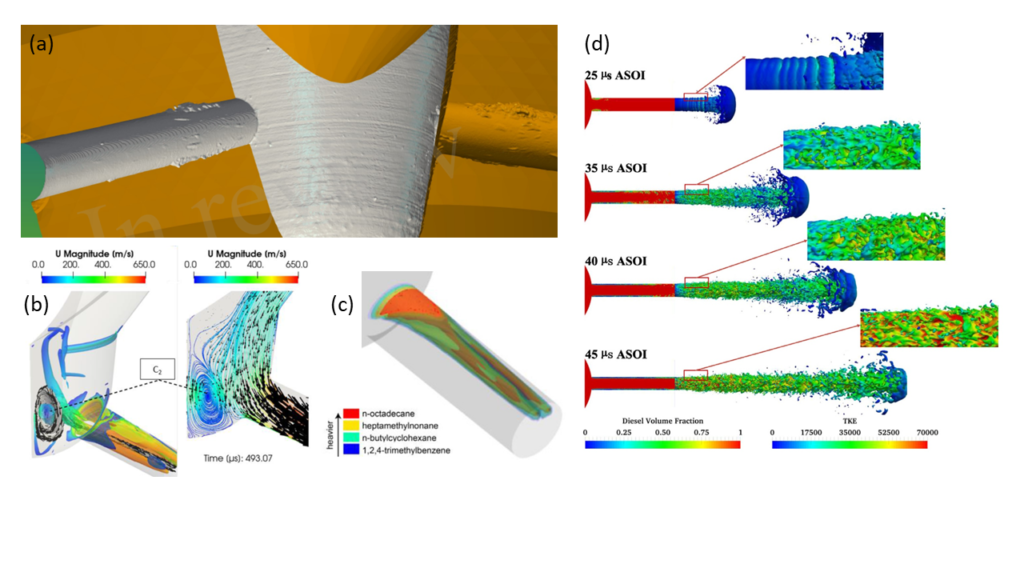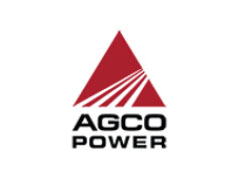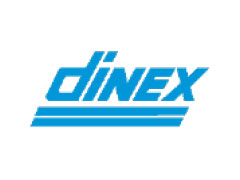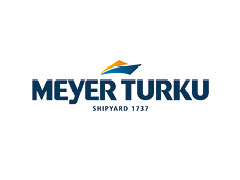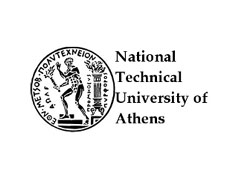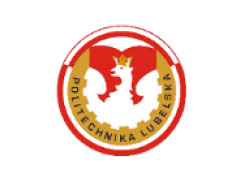One of the options to decrease the NOx, CO2 and other harmful gases released by diesel engine is to increase the engine efficiency. The fuel spray atomization inside a diesel engine has an essential importance since it reduces the exhaust gas emissions and increases the engine efficiency. Clean combustion can be achieved in a Reactivity Controlled Compression Ignition (RCCI) engine. However, a high-quality combustion in this type of engine requires that the high-reactivity fuel (also called a pilot-injection) dose has to fulfil certain criteria such as the spray distribution and the injector nozzle is one of the components, which influences the mixing process of fuel and air in the combustion chamber. This mixing efficiency is changing according to size and shape of nozzles, number of the injection holes and their positions in combustion chamber. Therefore, the internal nozzle flow characteristics must be understood well in order to design a fuel injector, since it directly affects the fuel spray characteristics. Thus, a link needs to be established between injector characteristics and the spray simulations. It is known that a strong correlation exists between internal injector flow and primary spray atomization, especially for transient injection processes. RCCI pilot-injection is a particularly transient process and its numerical simulation requires the specification of boundary conditions which are extremely important for predicting spray characteristics. Therefore, it is necessary to know the in-nozzle flow features affecting injector performance. Special emphasis should be put on two-phase phenomena such as cavitation and nozzle shape inaccuracies either caused by manufacturing limitations or erosion (see in attached Figure*).
In modern internal combustion engines injection pressures have been increased to 200 MPa, resulting in liquid jet velocities of the order of 700 m/s, while depending on nozzle hole geometry and needle valve motion, phase-change (cavitation) is typically occurring. In general, nozzle cavitation has an extremely strong effect on the injection spray formation. There are many phenomenological models for modeling cavitation – Homogenous Equilibrium Model (HEM), Homogenous Relaxation Model (HRM), etc. The Volume of Fluid (VoF) method can also be used to simulate two-phase flow. These models are planned to be validated on available benchmarks and to be used for studying real industrial injector (which geometry is provided by Wärtsilä Oy).
Results for the HEM model have been presented. In this model the two-phase flow is assumed to be a homogeneous mixture of vapour and liquid in mechanical equilibrium i.e., both phases share the same pressure and velocity fields. The barotropic behaviour of the fluid does not consider the energy conservation equation. The sub-models contained in this workflow are being presently studied by replicating a rectangular nozzle benchmark case.
The final result of this study should be a detailed understanding of in-nozzle flows simulations and a developed methodology for obtaining boundary conditions for modeling highly transient injection.
The study is made by Stanislau Stasheuski, Karri Keskinen, and Ossi Kaario from Aalto University and it is done as part of Clean Propulsion Technologies project’s company project called RCCI for medium speed engine.
Stanislau Stasheuski
Doctoral Candidate
Aalto University
*Figure:
(a) – Computed tomography geometry scan on a nozzle tip. Moon, Chi Young, et al. “Experimental Investigation of Cavitation-Induced Erosion Using X-Ray Imaging and Tomography.” Frontiers in Mechanical Engineering 8 (2022).
(b) – Simulated velocity and vapour fractions fields of transient injection process. Kolovos, Konstantinos, et al. “Simulation of Transient Effects in a Fuel Injector Nozzle Using Real-Fluid Thermodynamic Closure.” Applications in Energy and Combustion Science, vol.7, Sept. 2021, p. 100037, https://doi.org/10.1016/j.jaecs.2021.100037.
(c) – Simulated effect of the injection pressure on partial diesel surrogate vaporisation (the lighter components cavitate at a significantly greater amount than the heavy ones). Vidal, Alvaro, et al. “Preferential Cavitation and Friction-Induced Heating of Multi-Component Diesel Fuel Surrogates up to 450MPa.” International Journal of Heat and Mass Transfer, vol.166, Feb. 2021, p. 120744, https://doi.org/10.1016/j.ijheatmasstransfer.2020.120744.
(d) – Simulated evolution of in-nozzle and liquid jet turbulent structures over time. Yu, H., et al. “A Parallel Volume of Fluid-Lagrangian Parcel Tracking Coupling Procedure for Diesel Spray Modelling.” Computers & Fluids, vol. 150, June 2017, pp. 46–65, https://doi.org/10.1016/j.compfluid.2017.03.027.
